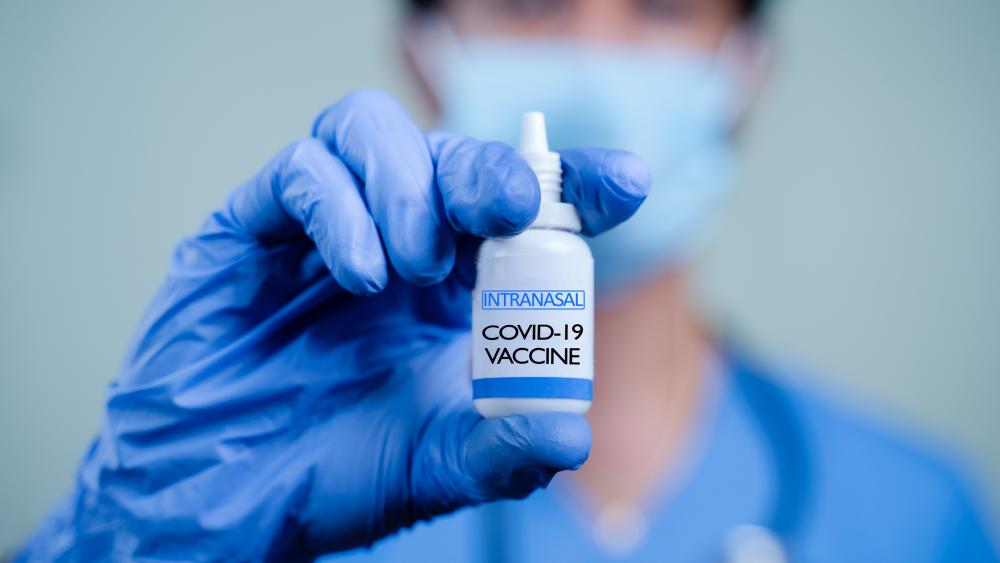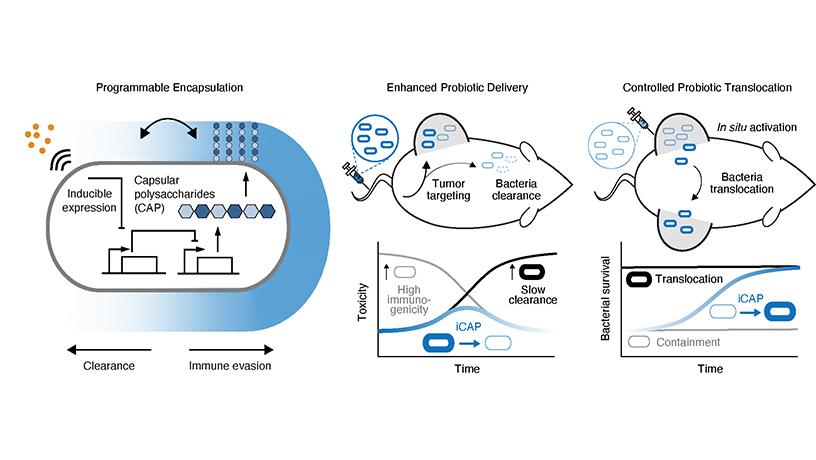2022-03-17 ペンシルベニア州立大学(PennState)
・研究チームは、このエアロジェルを使って、ウイルスが肺で感染を確立するのを防ぐことにより、SARS-CoV-2の感染を阻止する吸入型ワクチンを作ることができるとしている。
・吸入可能な製剤には多くの潜在的な利点があり1つは針の回避。また、吸入可能なワクチンは従来のワクチンよりも保存安定性が高い可能性がある。
・CoMiPワクチンの有効性をテストするために、チームはワクチンの鼻腔内導入と2週間後の追加免疫によってマウスを免疫しました。
・鼻、喉、肺の免疫応答を調べるために、研究者らはワクチン接種の30日後に免疫化されたマウスからサンプルを収集し、総およびスパイクタンパク質特異的肺粘膜IgA抗体の違いを評価した。CoMiPでワクチン接種されたマウスの総IgAの有意な増加を発見したが、SARS-CoV-2スパイクタンパク質を特異的に標的とするIgAは、ワクチン接種された動物で予想されたよりも低かった。

<関連情報>

吸入可能なSARS-CoV-2模倣粒子は多面的な抗原性を誘発する プレゼンテーション Inhalable SARS-CoV‑2 Mimetic Particles Induce Pleiotropic Antigen Presentation
Atip Lawanprasert, Andrew W. Simonson, Sarah E. Sumner, McKayla J. Nicol, Sopida Pimcharoen,
Girish S. Kirimanjeswara, and Scott H. Medina
ABSTRACT:
Coronavirus disease 2019 (Covid-19) has caused over 5.5 million deaths worldwide, and viral mutants continue to ravage communities with limited access to injectable vaccines or high rates of vaccine hesitancy. Inhalable vaccines have the potential to address these distribution and compliance issues as they are less likely to require cold storage, avoid the use of needles,and can elicit localized immune responses with only a single dose. Alveolar macrophages represent attractive targets for inhalable vaccines as they are abundant within the lung mucosa (up to 95% of all immune cells) and are important mediators of mucosal immunity, and evidence suggests that they may be key cellular players in early Covid-19 pathogenesis. Here, we report inhalable coronavirus mimetic particles (CoMiP) designed to rapidly bind to, and be internalized by, alveolar macrophages to deliver nucleic acid-encoded viral antigens. Inspired by the SARS-CoV-2 virion structure, CoMiP carriers package nucleic acid cargo within an endosomolytic peptide envelope that is wrapped in a macrophage-targeting glycosaminoglycan coating. Through this design, CoMiP mimic several important features of the SARS-CoV-2 virion, particularly surface topography and macromolecular chemistry. As a result, CoMiP effect pleiotropic transfection of macrophages and lung epithelial cells in vitro with multiple antigen encoding plasmids. In vivo immunization yields increased mucosal IgA levels within the respiratory tract of CoMiP vaccinated mice.


